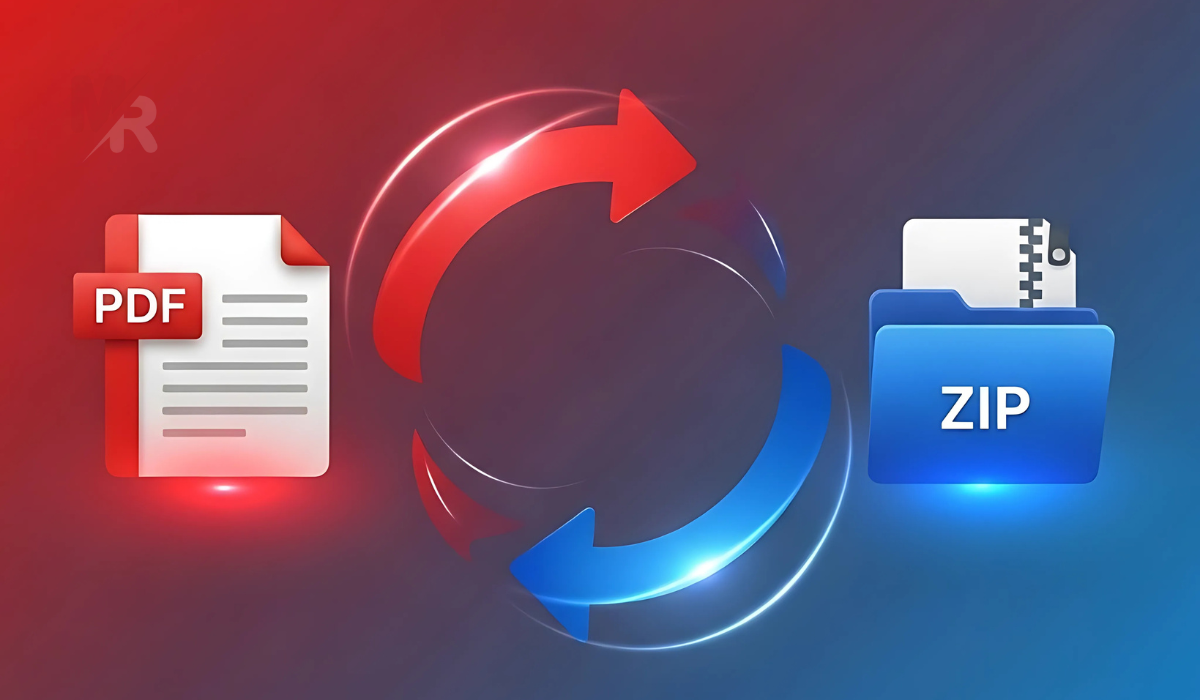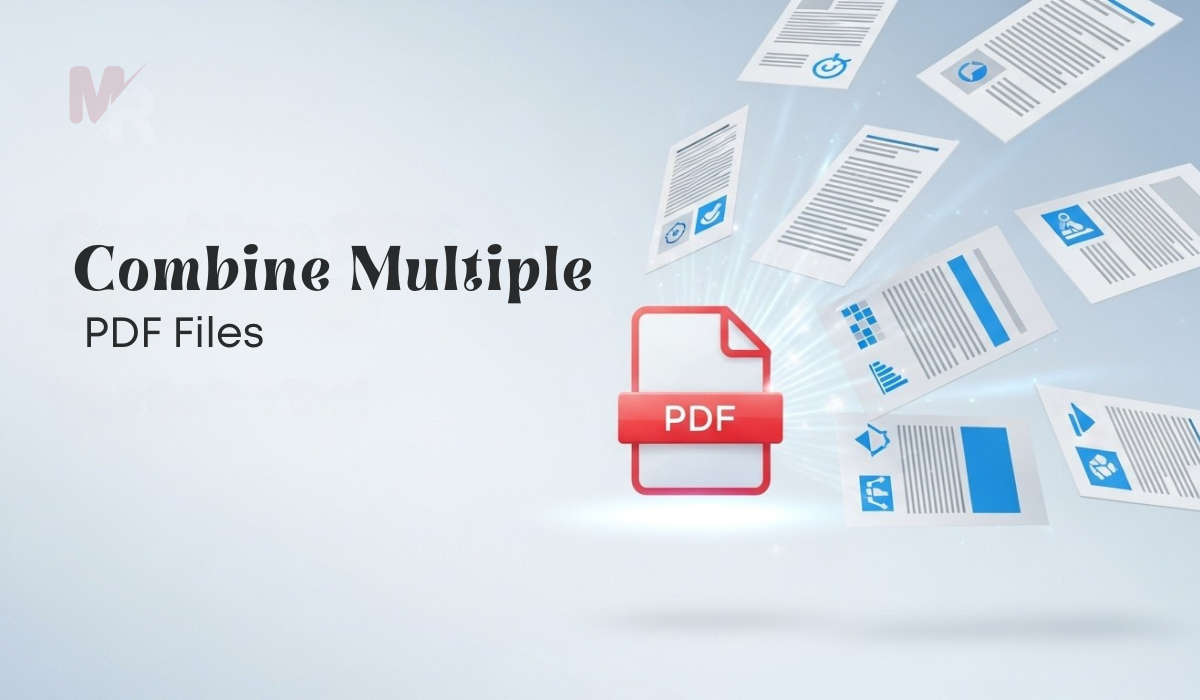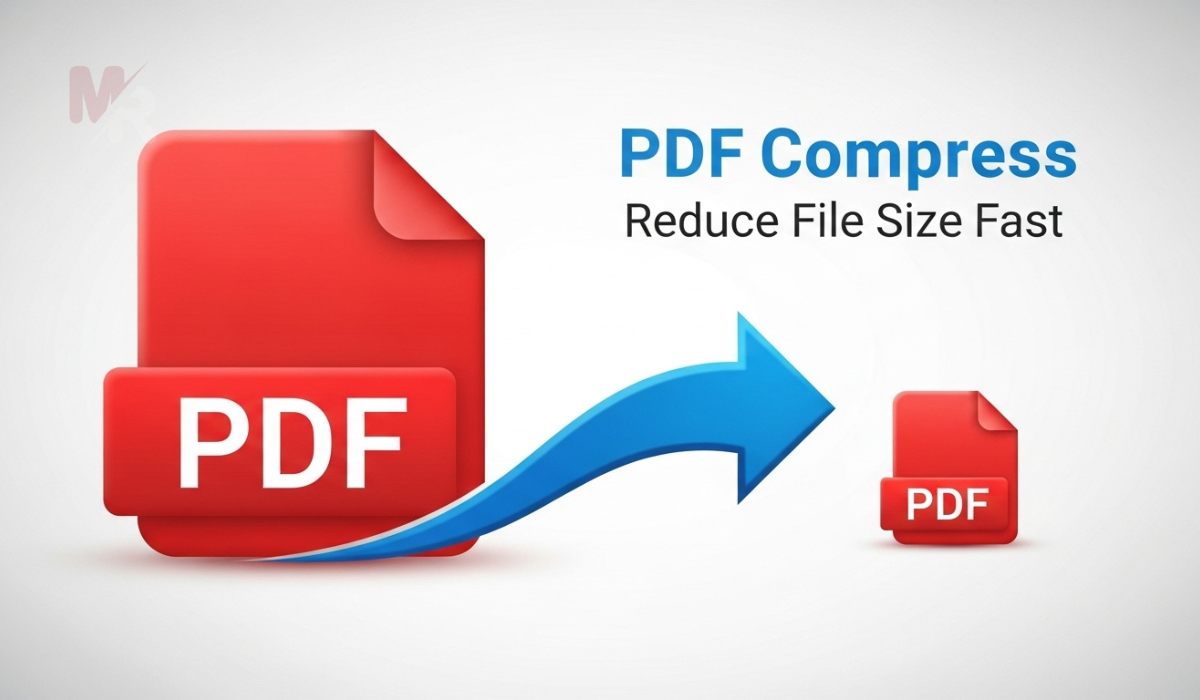Examples:
Direct: "I love ice cream," she said.
Indirect: She said that she loved ice cream.
Direct: "We are going to the park," they announced.
Indirect: They announced that they were going to the park.
This tool helps convert direct speech (quoted speech) to indirect speech (reported speech) by adjusting pronouns, tenses, and time/place references.
How to Use the Direct to Indirect Speech Tool Effectively
Converting direct to indirect speech can seem challenging, especially for students, writers, and ESL learners. Thankfully, with modern digital tools, you can automate the process and improve your grammar skills efficiently. In this guide, we’ll explore what direct to indirect speech means, how to use an online tool to perform the conversion, and the grammar rules that support accurate transformation.
What Is Direct to Indirect Speech?
Direct speech refers to quoting someone’s exact words, while indirect speech (also known as reported speech) conveys the same message without quoting the person word-for-word.
Example:
- Direct Speech: She said, “I am learning English.”
- Indirect Speech: She said that she was learning English.
Using the Direct to Indirect Speech tool helps you automate this conversion in seconds, saving time and avoiding grammatical mistakes.
Why Use a Direct to Indirect Speech Tool?
The Direct to Indirect Speech tool simplifies grammar conversion by doing the hard work for you. Whether you’re preparing for an exam, writing a paper, or editing a dialogue, this tool allows you to:
- Instantly convert quotes into reported speech
- Learn grammatical rules through examples
- Avoid common errors in tense and pronouns
- Save time with one-click transformation
By using this tool, you eliminate guesswork and strengthen your understanding of grammar.
Step-by-Step: How to Use the Direct to Indirect Speech Tool
Using the Direct to Indirect Speech tool is straightforward. Follow these simple steps:
Step 1: Open the Tool
Visit a reliable website that offers a Direct to Indirect Speech converter. Most tools work directly in your browser without requiring any downloads or installations.
Step 2: Input Your Sentence
Copy and paste your sentence in direct speech into the input box. Example:
“He said, ‘I will call you tomorrow.’”
Step 3: Click the Convert Button
Click the “Convert” or “Transform” button to generate the indirect version.
Step 4: View the Output
The tool displays the correct transformation instantly:
He said that he would call me the next day.
Step 5: Learn From the Result
Study the changes made by the tool—note how it adjusted pronouns, verb tense, and time expressions. This practice helps you improve your grammar skills over time.
Common Rules Applied by the Direct to Indirect Speech Tool
The Direct to Indirect Speech tool follows key grammar rules to ensure accurate transformation. Here are the most important rules it applies:
1. Change of Tense
- Present simple becomes past simple
- Present continuous becomes past continuous
- Future tense becomes conditional
Example:
Direct: She says, “I work here.”
Indirect: She says that she works there. (if reporting in the present)
Indirect: She said that she worked there. (if reporting in the past)
2. Change of Pronouns
Pronouns change according to the speaker and listener’s perspective.
Example:
Direct: He said, “I love you.”
Indirect: He said that he loved me.
3. Change of Time and Place
Time expressions shift to reflect the new context.
| Direct Speech | Indirect Speech |
|---|---|
| today | that day |
| tomorrow | the next day |
| yesterday | the day before |
| here | there |
| now | then |
4. Reporting Verbs
Common reporting verbs include said, told, asked, replied. The tool recognizes these and modifies the structure accordingly.
Best Practices When Using the Tool
To get the most out of your Direct to Indirect Speech tool, follow these tips:
- Use complete sentences: Avoid fragmented input.
- Double-check the subject: Ensure the subject and reporting verb are clear.
- Study the result: Use the tool as a learning aid, not just a shortcut.
- Edit for context: After conversion, check if the sentence fits the surrounding content.
Who Can Benefit from the Direct to Indirect Speech Tool?
This tool suits a wide range of users:
- Students preparing for grammar exams or writing essays
- Teachers demonstrating indirect speech examples in class
- ESL learners mastering reported speech through practice
- Writers editing dialogues or narration for accuracy
The Direct to Indirect Speech tool boosts learning, increases productivity, and builds grammar confidence across all levels.
Advantages of Using an Online Tool
- Speed: Convert entire passages in seconds
- Accuracy: Avoid common grammar mistakes
- Learning: See rule-based changes in real-time
- Free access: Most tools are completely free
- No login required: Many versions offer instant use without sign-up
Mobile and Desktop Compatibility
Most Direct to Indirect Speech tools support both desktop and mobile browsers. You can practice and convert sentences anywhere—whether on a laptop during class or a smartphone while commuting.
Conclusion
Mastering reported speech becomes easier with the Direct to Indirect Speech tool. It not only converts quotes correctly but also teaches grammar principles through examples. Whether you’re a student, teacher, or content creator, this tool enhances your writing and editing capabilities. Practice consistently, analyze the changes, and watch your grammar skills grow.
Start using the Direct to Indirect Speech tool today and make perfect grammar your everyday habit.






